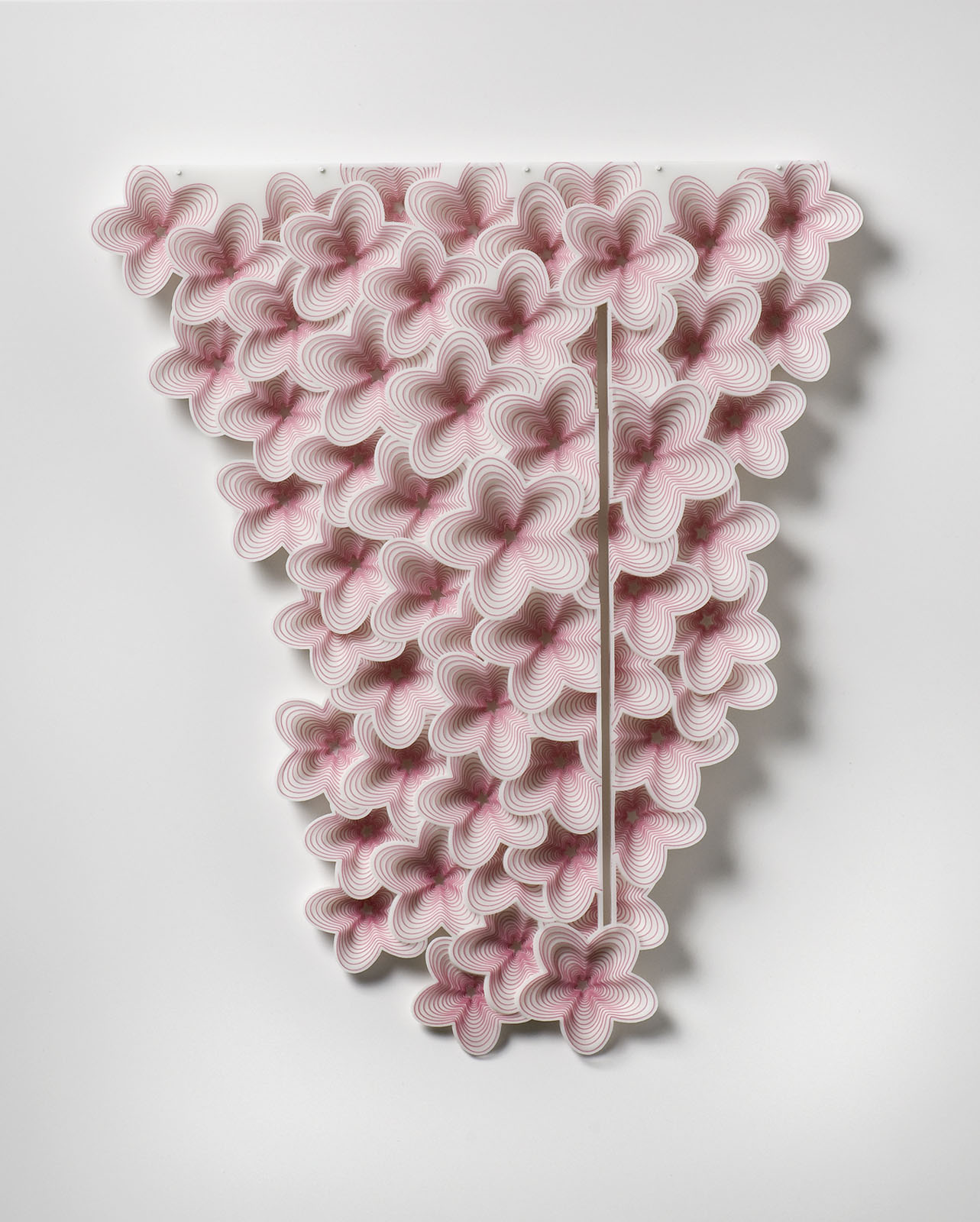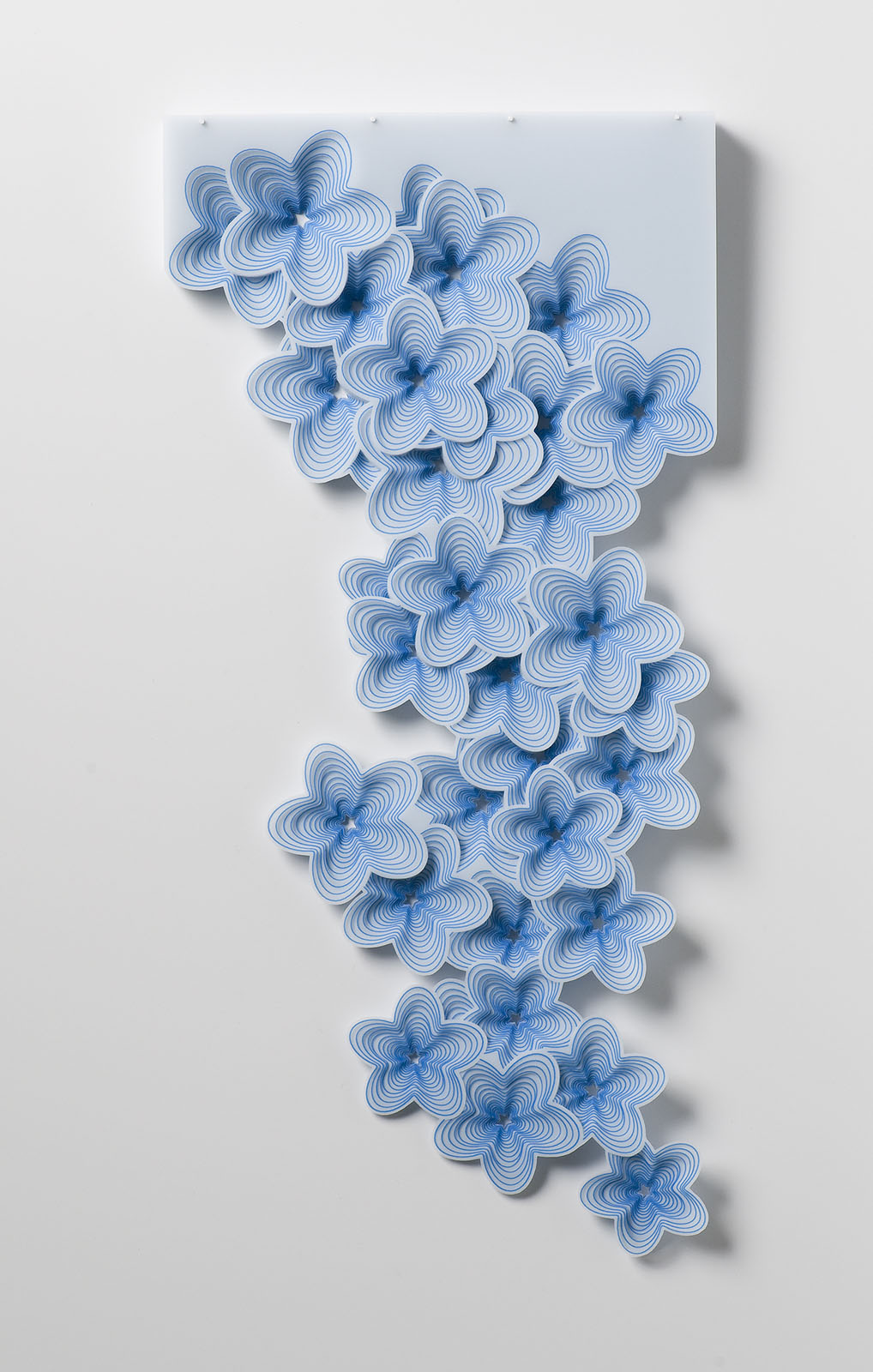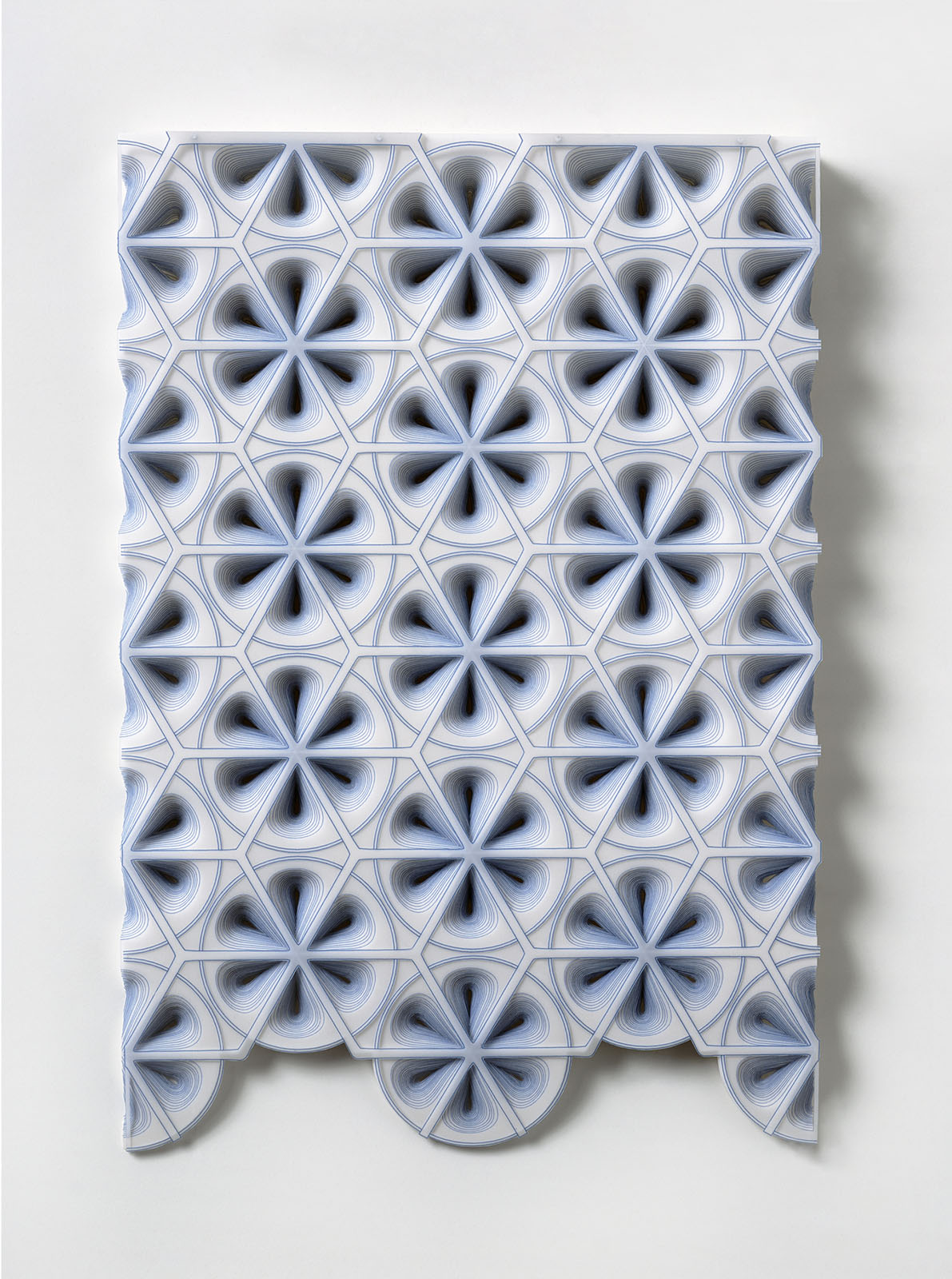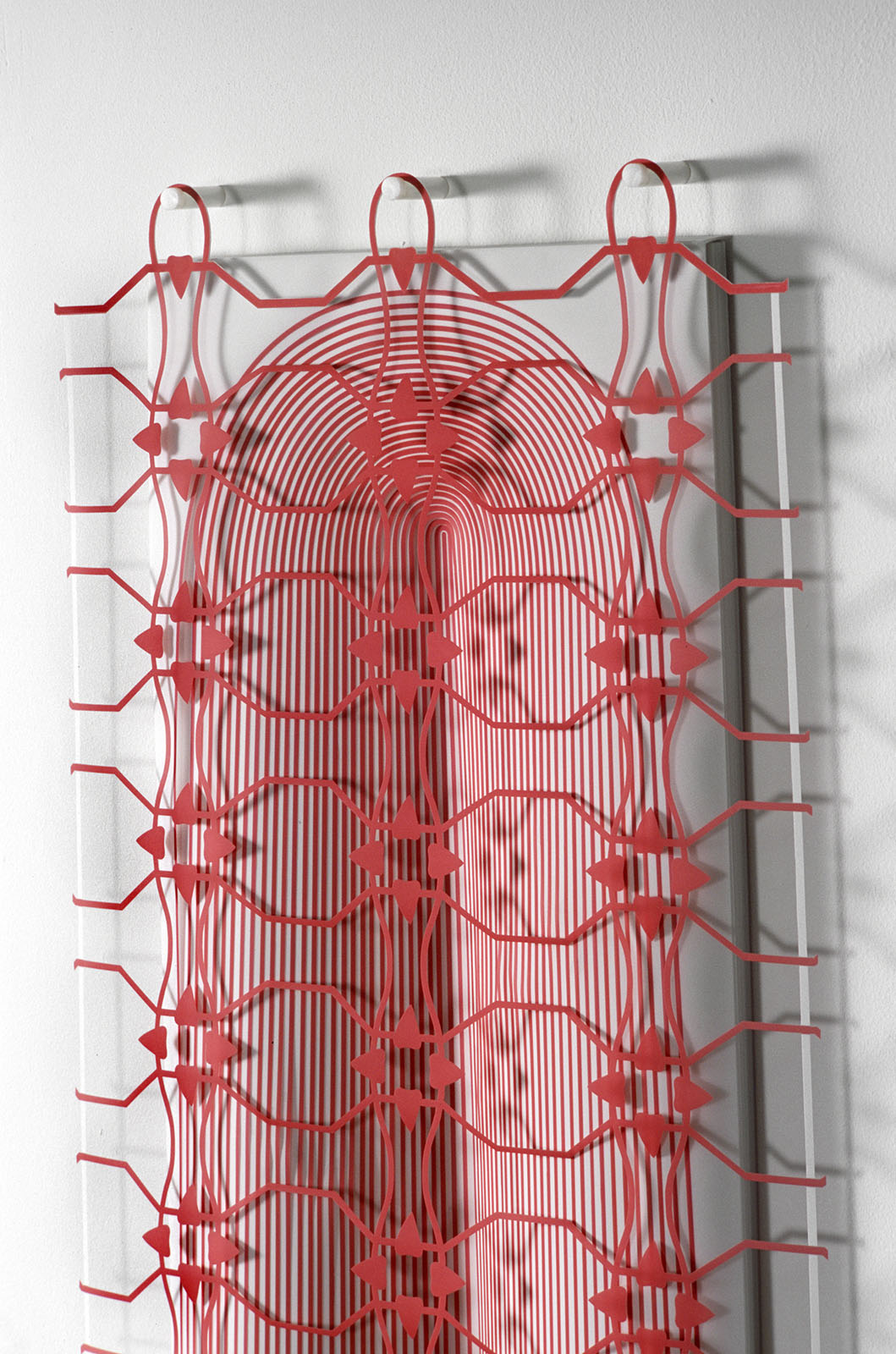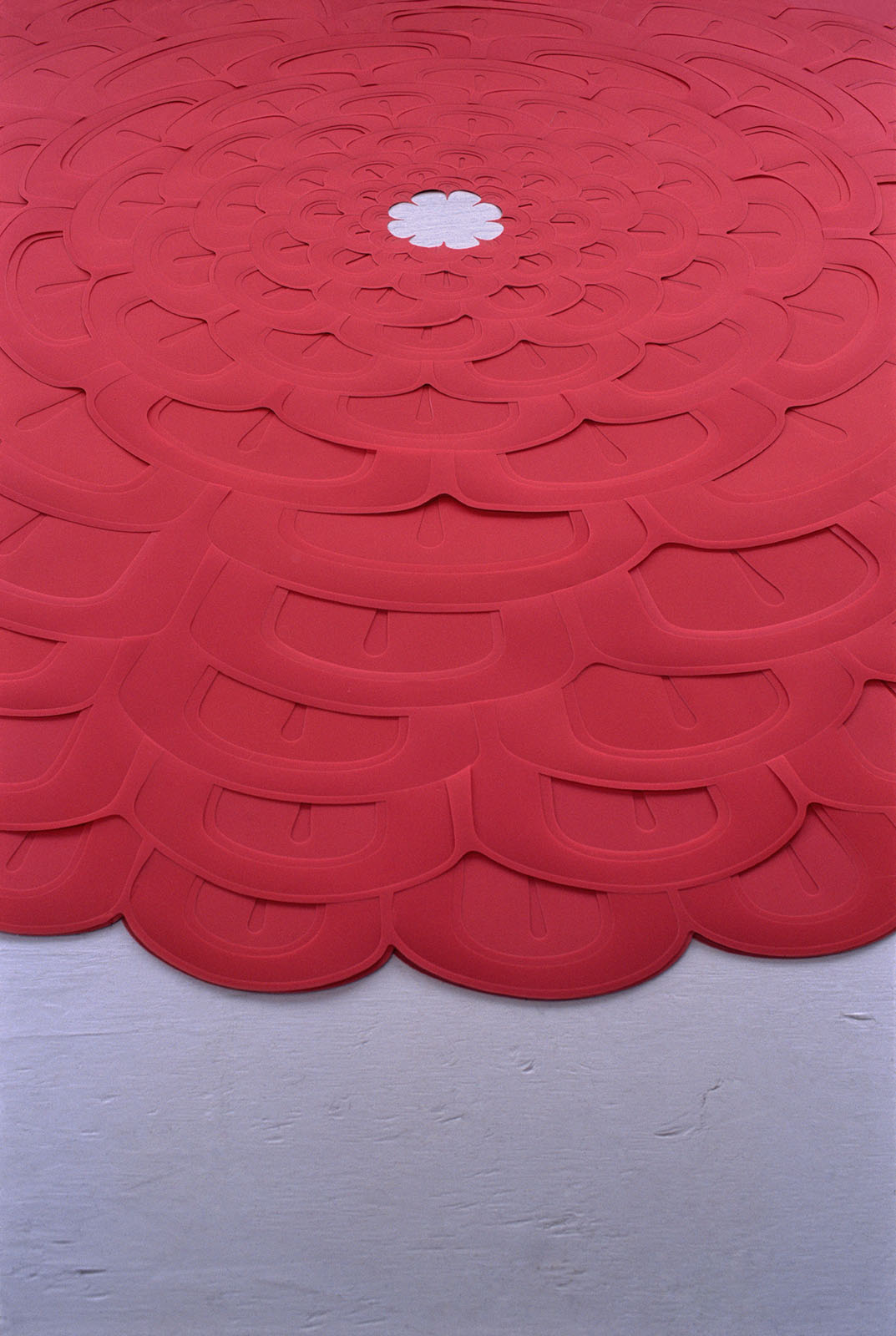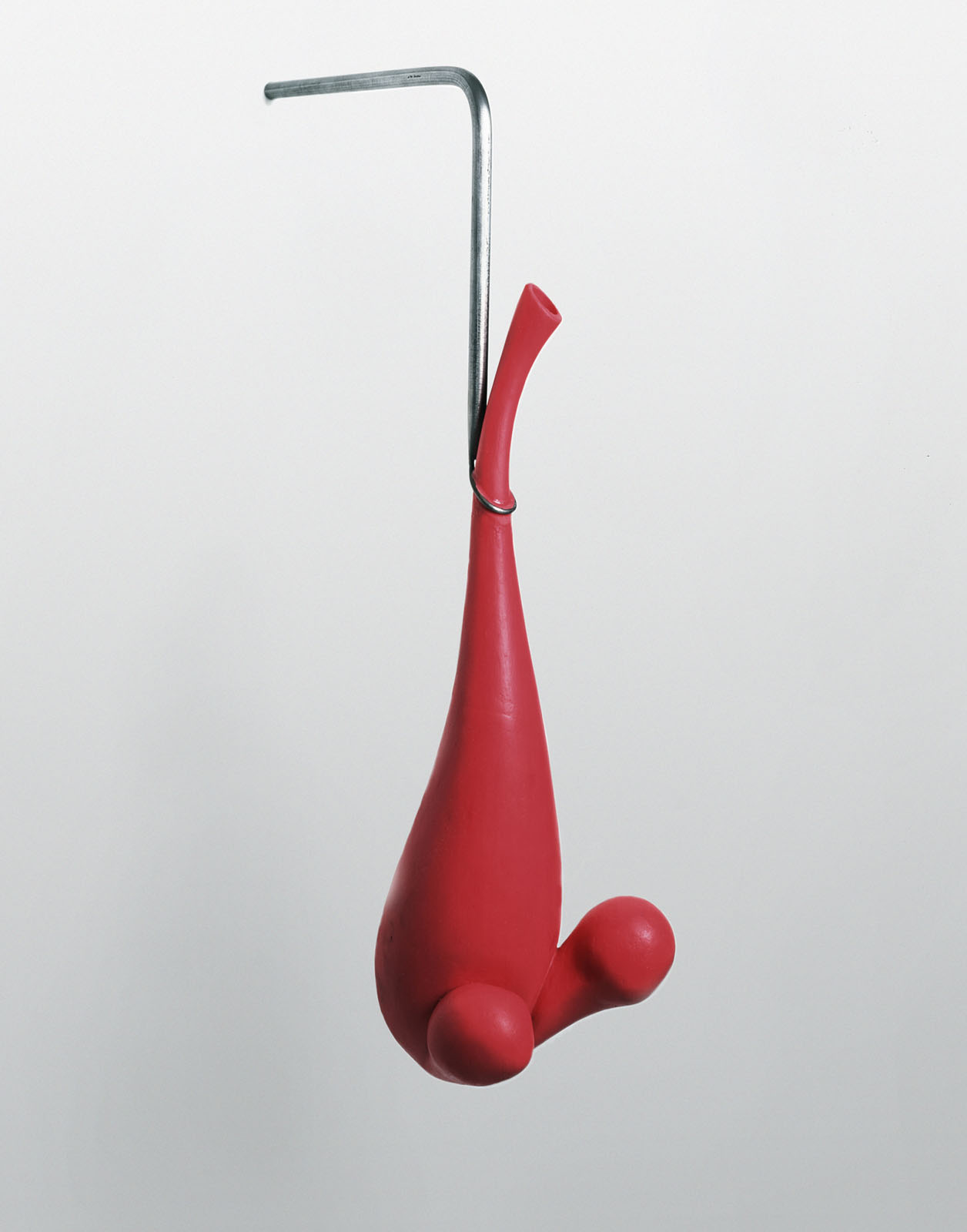Portals: Interview With Imi Hwangbo
Huffington Post
Imi Hwangbo was born in Daegu, South Korea. She received her MFA from Stanford University, and has been a resident at Yaddo, the MacDowell Colony, the American Academy in Rome, and the Carmargo Foundation in France, among many others. She lives and works in Athens, Georgia, where she is Associate Professor at my alma mater, the University of Georgia. She currently has a show at Pavel Zoubok Gallery on West 26th street. The following is a portion of our exchange about pattern, abstraction and devotion to process. For more about Imi’s current show, please visit Pavel Zoubok Gallery, NY. The…
